.png)



.png)





For more check out ourFigjam
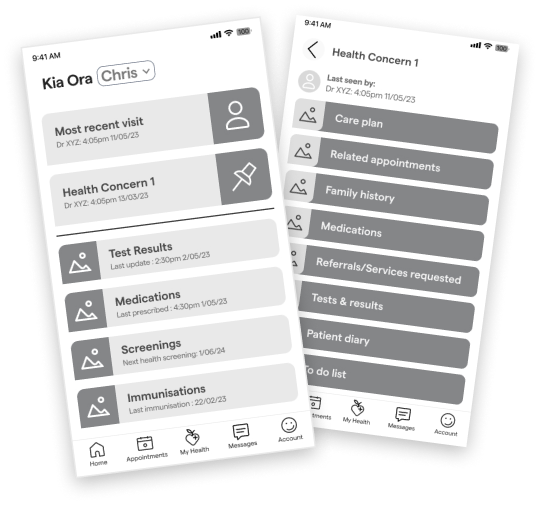
Version 1 added a new menu item to the nav bar “My Health” and explored pinning health concerns.
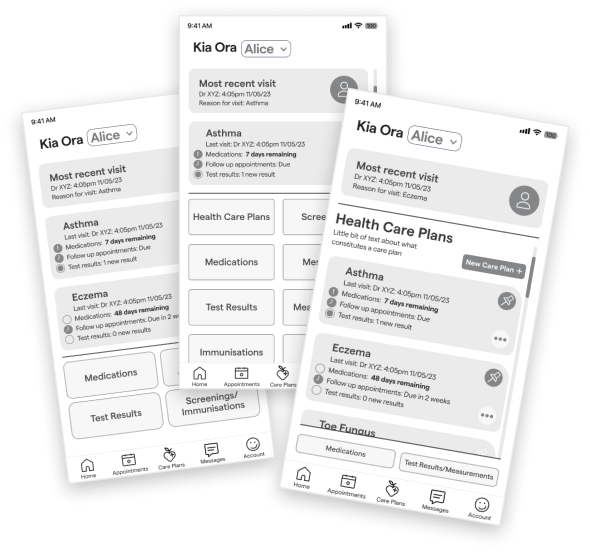
Version 2, 3 & 4 explored what health record functions needed to be included in a patient's care plan.
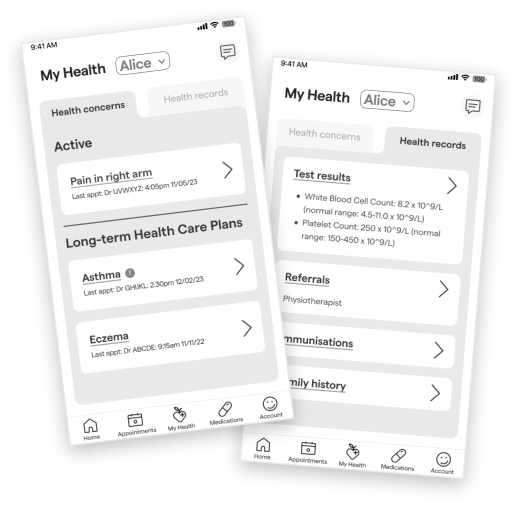
Version 5 explored a tabbed page - separating out the two different sections of Health Concerns and Health Records.
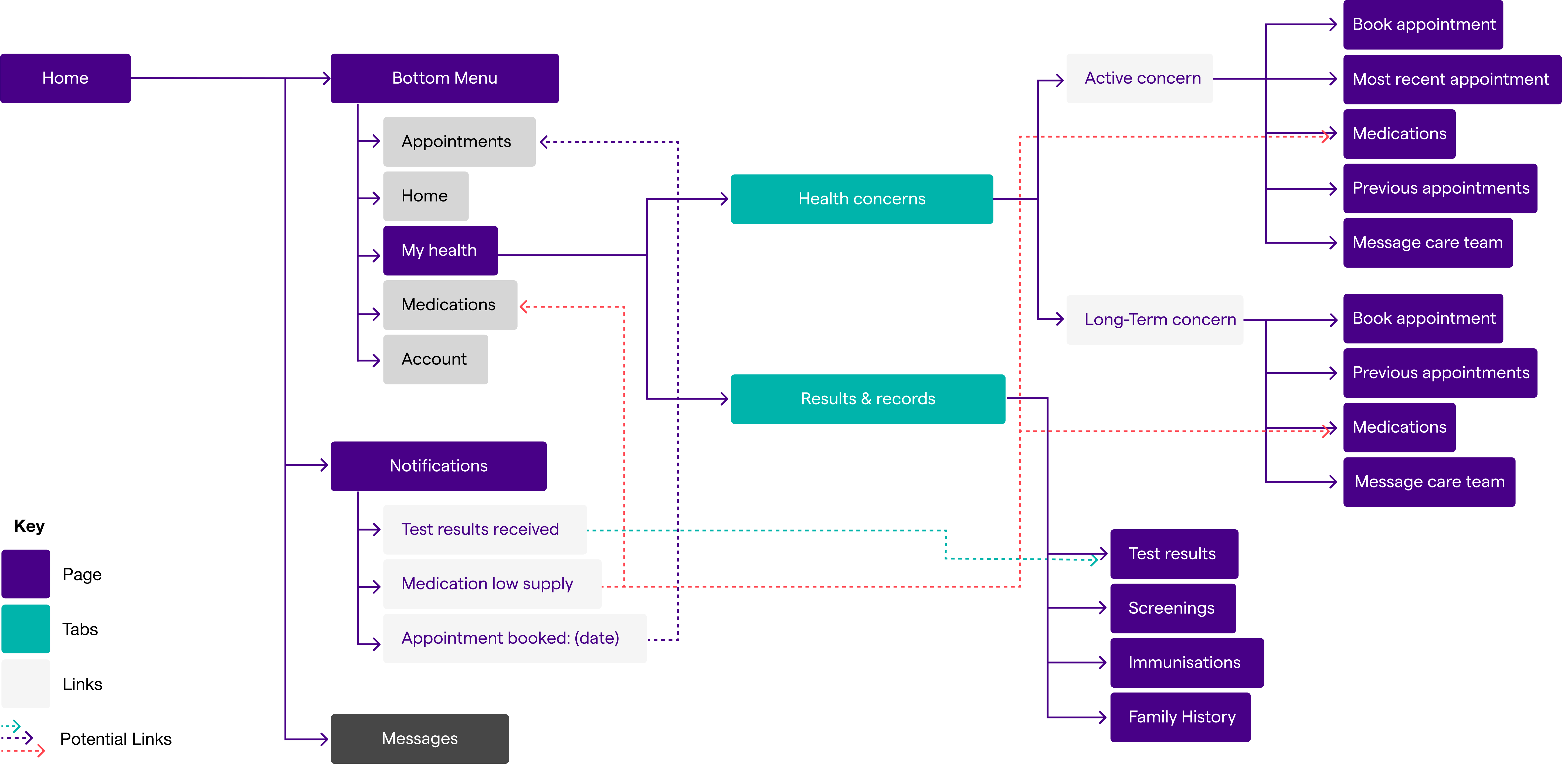

Patients have difficulty remembering to attend regular health screenings or adhering to medication. Through utilising notifications, we can help guide patients to health while also taking away some of the unnecessary admin that clinicians are currently faced with.
Reminders and push notifications will improve patients medication adherence and help them stay up to date with health screening appointments.
Notifications are indicated by an ‘Attention’ exclamation mark icon. We used the Primary Coral as the notification colour to help draw the users attention to notifications.
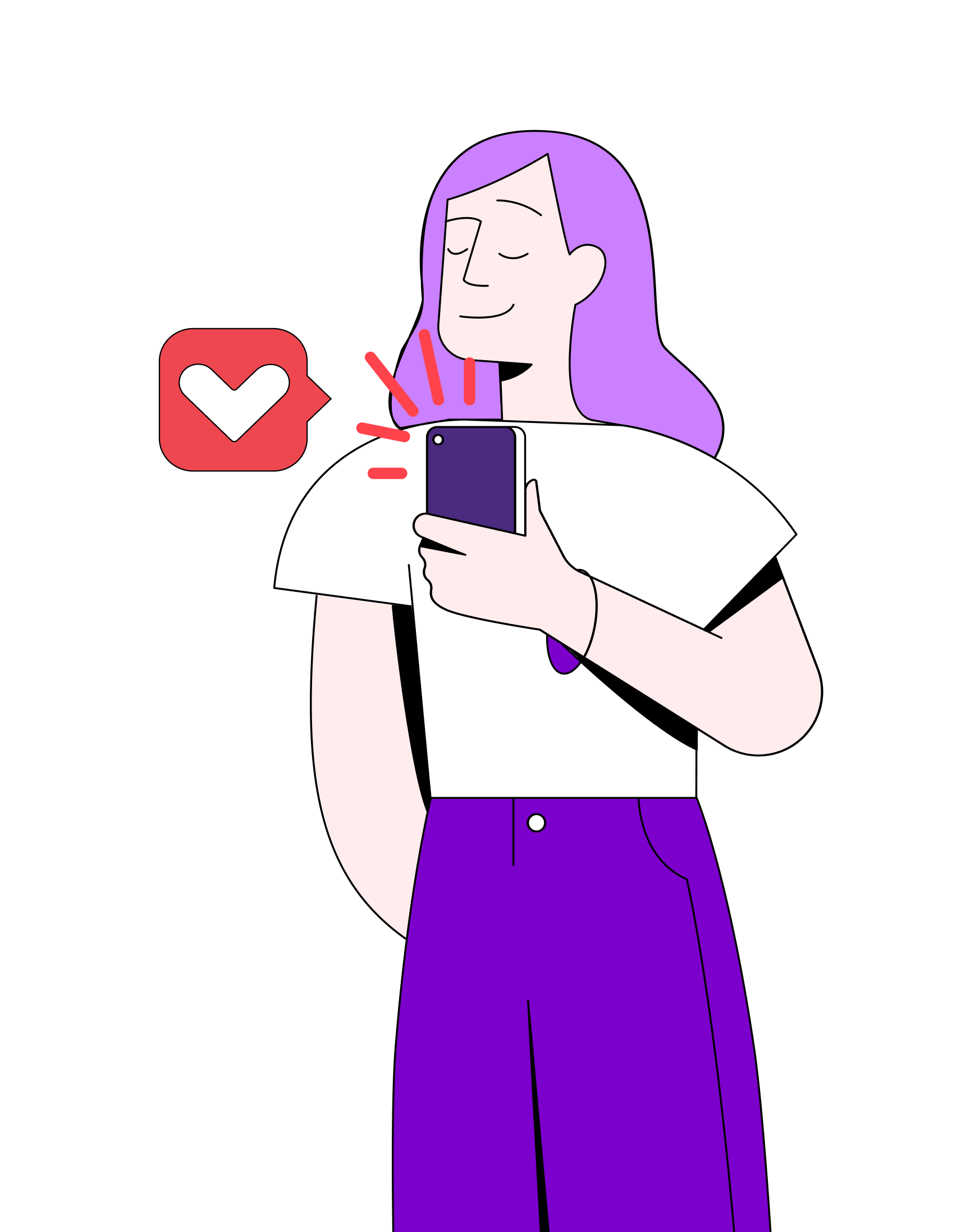
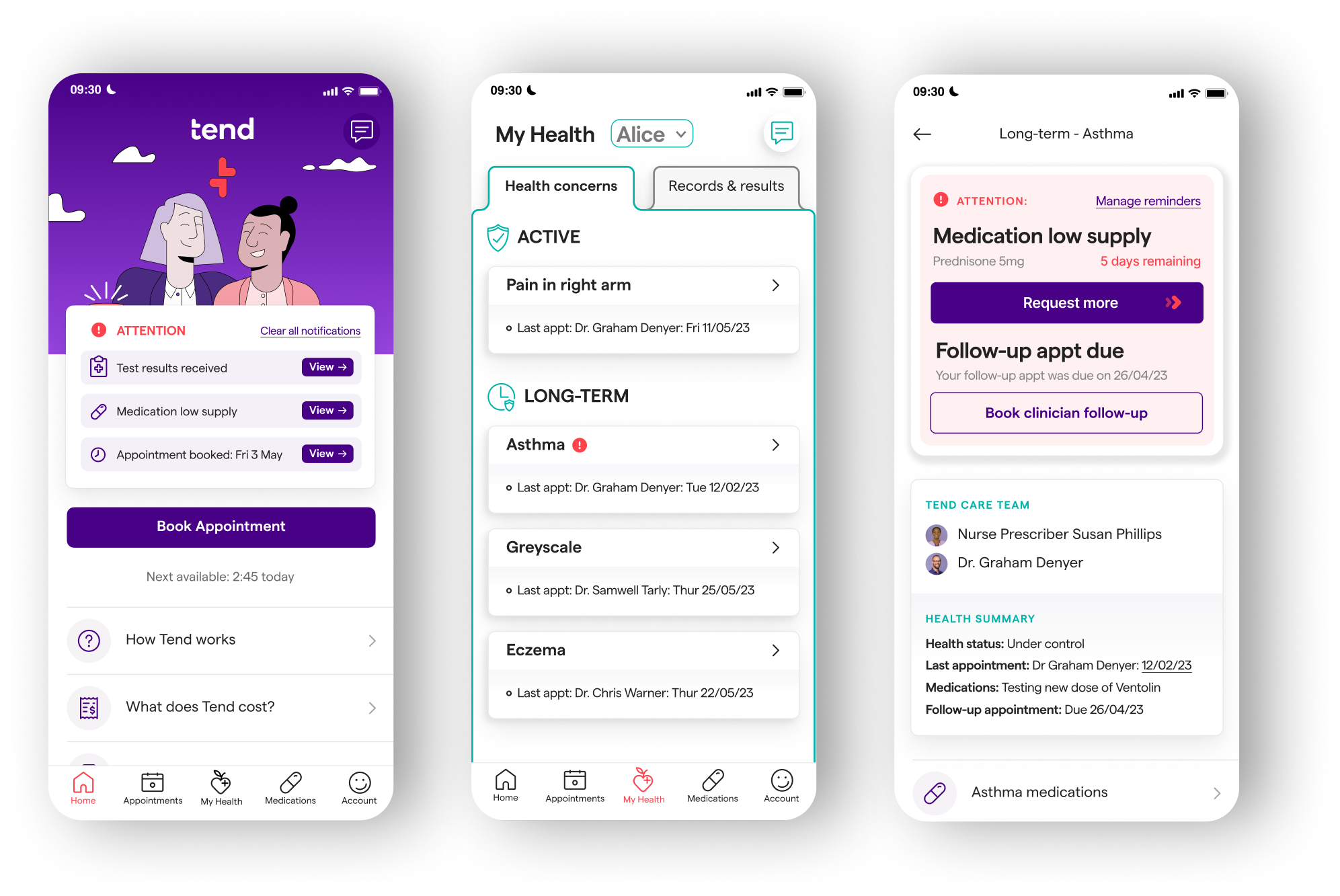
They told me to go for a smear test and I still haven’t gone so, how do I keep up to date? Yeah, I don’t think I do that well.

Enhancing the general public's health literacy should be a primary concern for health apps. There is an opportunity to better present patients health data in the Tend app to help patients comprehension.
Active and longterm health concerns are included in the 'Health concerns' tab.
The 'Records & results' tab includes other records such as screenings and both new and historic results. We give patients the option to ask a question or to book a follow up appointment.
We present data in a graph with colour indicators to help patients interpret their results.
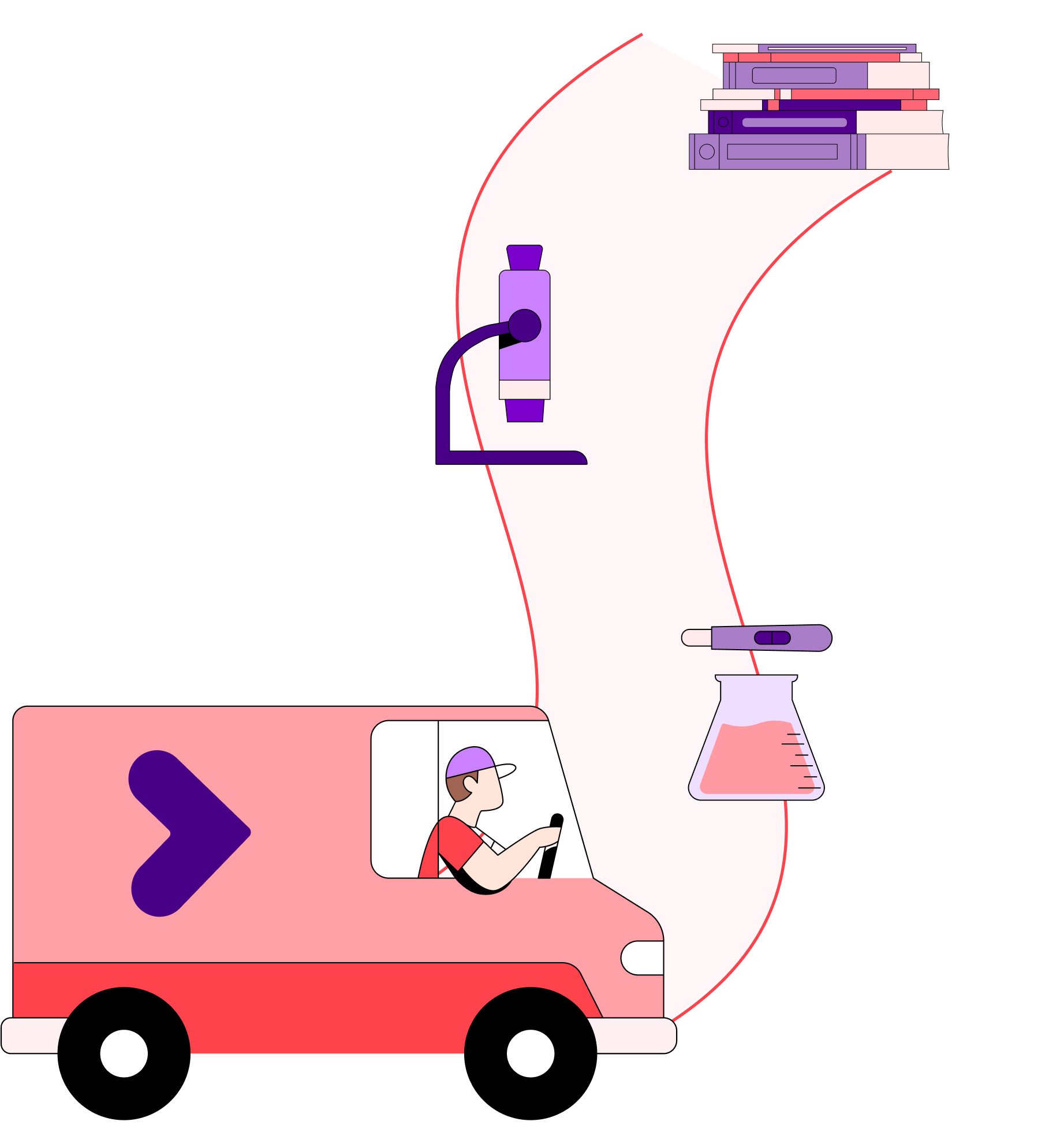
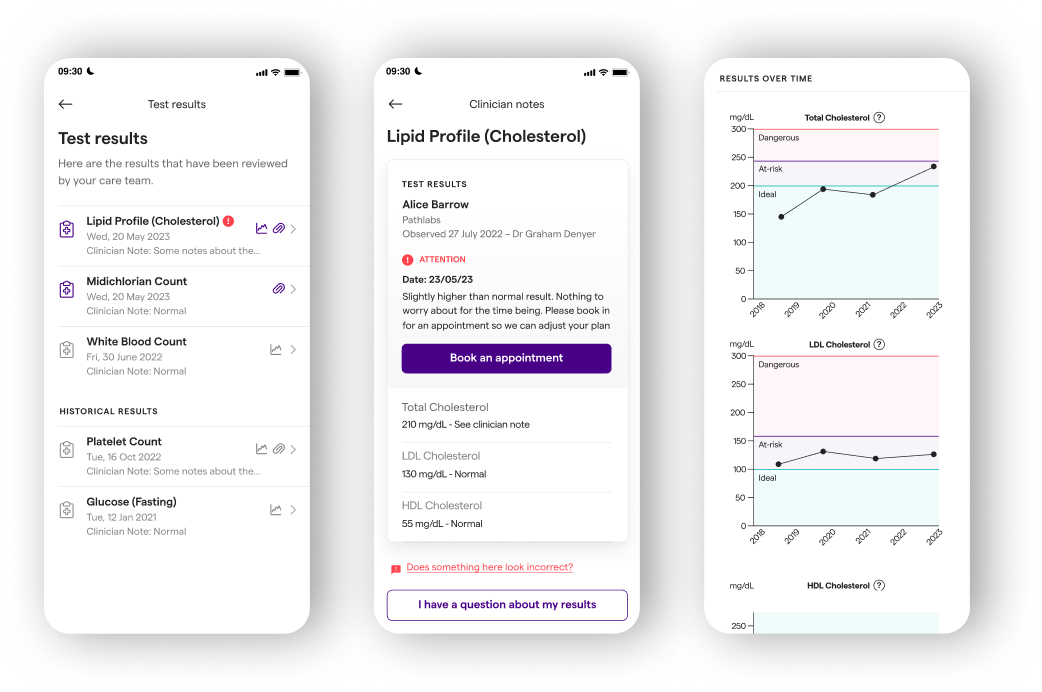
I would be interested in tracking changes to my medical results over time, especially as I get older and may forget previous outcomes.

Current portals are limited in function and don’t actively encourage proactive approaches to health or patient centred engagement with their current, past and future health concerns.
Giving patients the functionality to add and view the family health history on the Tend will increase engagement.
Despite clinicians not feeling it was necessary, we added this feature as the majority of patients indicated that family health history was of high importance to them during our cardsorting activity.
Having a place where patients have the opportunity to record their own health data will be beneficial to patients.
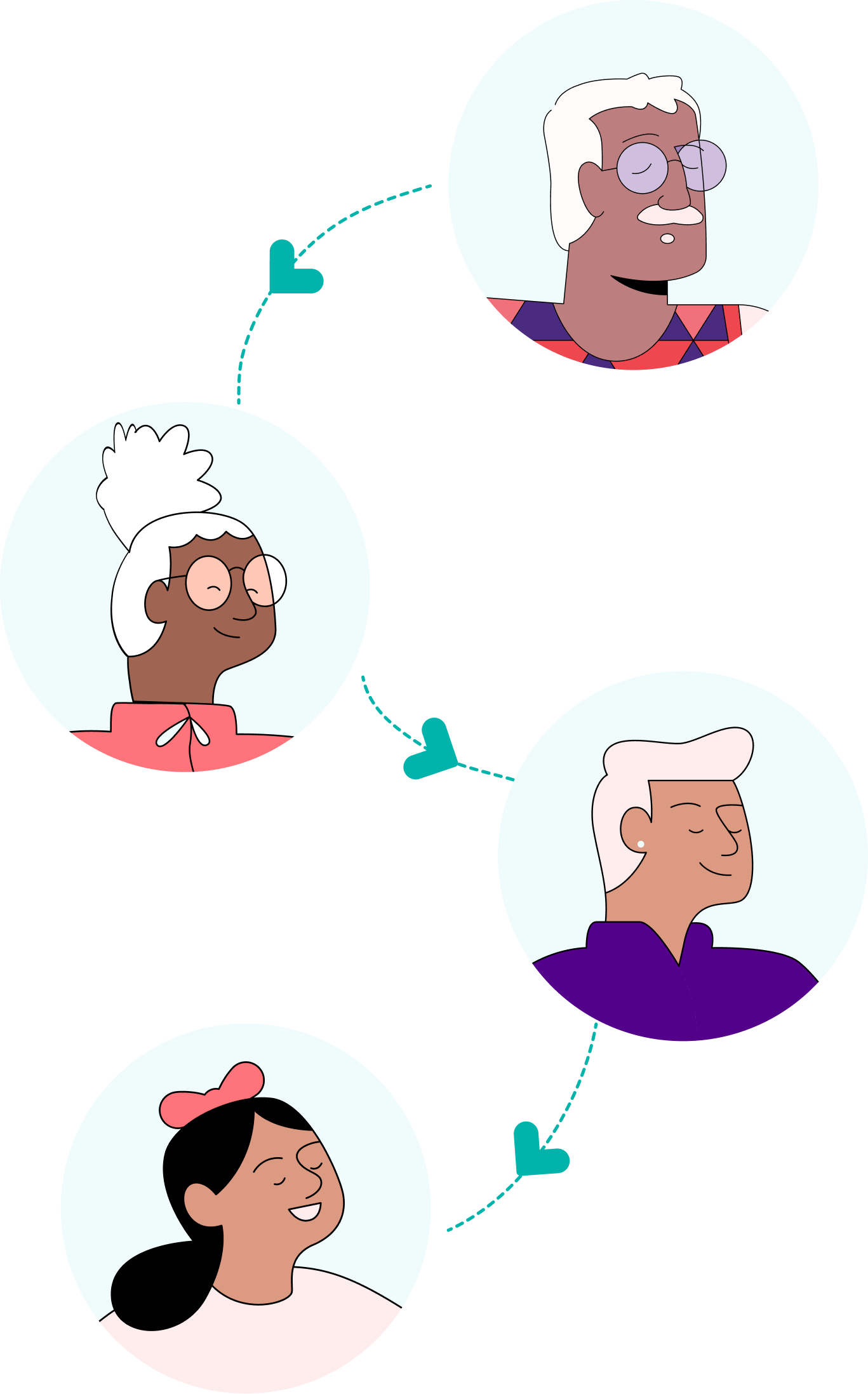
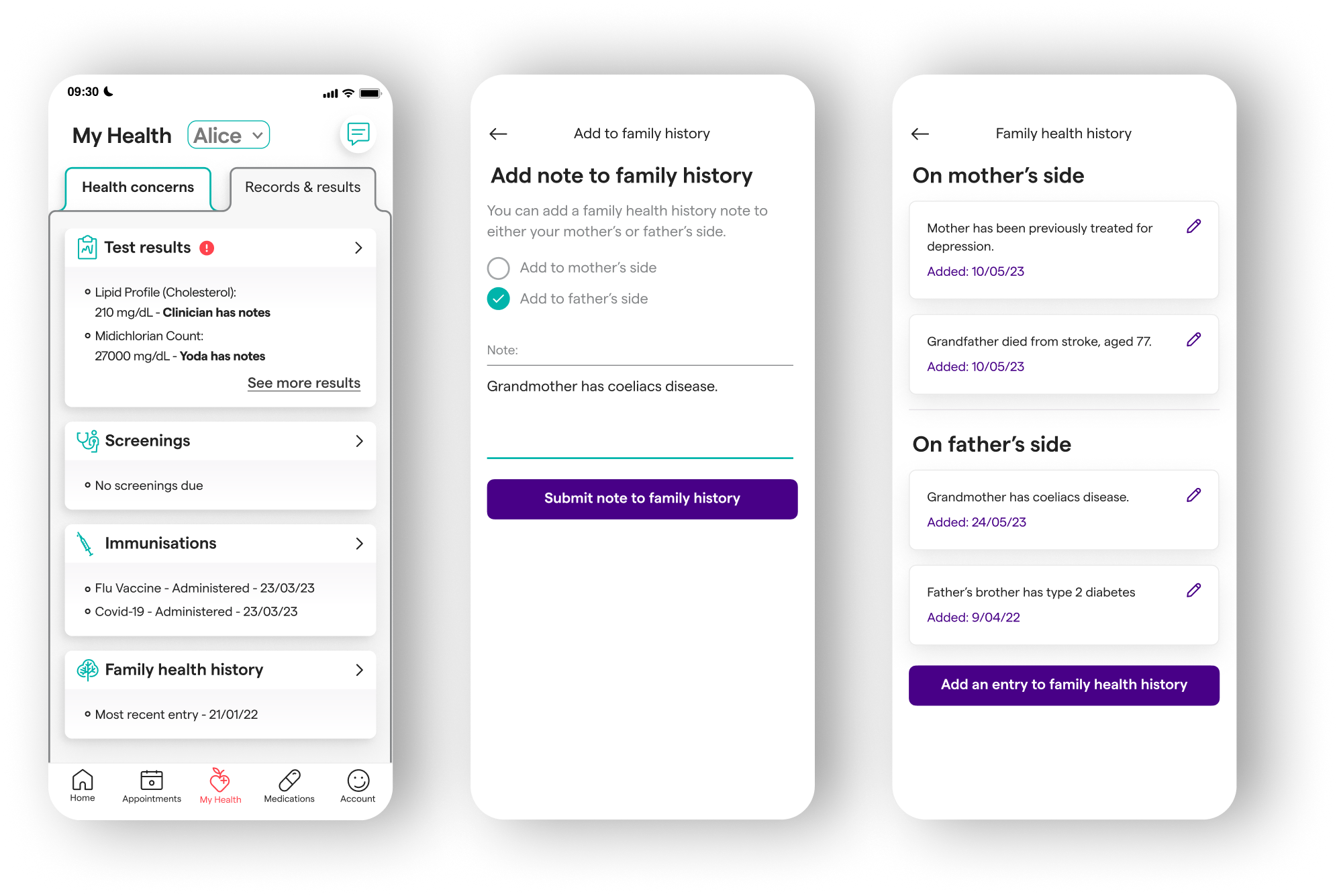
Family health history is really important. It would be important if any of my family members have a pre-existing condition that might effect me.
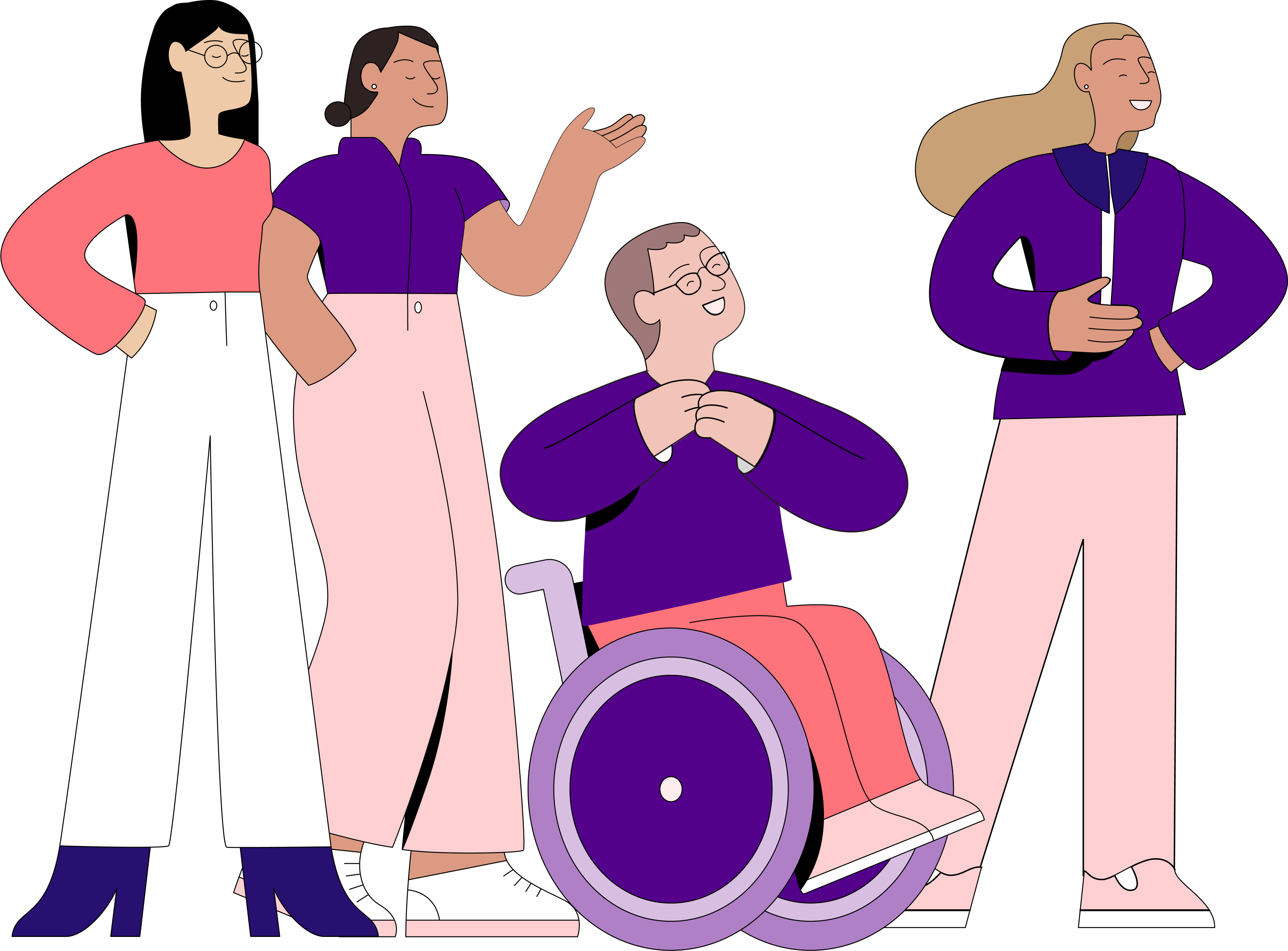
TALKING TO TEND USERS
Due to a number of factors, the patients that we interviewed and conducted usability testing on weren’t Tend patients. In the future it would be beneficial to speak to Tend patients specifically about their experiences with the app and clinics.
FURTHER TESTING & IDEATION
This was a first attempt at creating a ‘health concern’ centred system within the Tend app. There are still lots of possible iterations that could be explored and questions that needed answering.
HOME SCREEN, LANGUAGE & MESSAGING
The ‘My Health’ area interacted with some key features of the app that we would’ve loved to explore more if we had more time. The homepage, the use of language and where and when to offer the messaging function were all interactions that needed further development and exploration.
Thanks to...
Product Design Lead
Abby Bainbridge-Welch
Tend Capstone Team
Alice, Lin, Gray & Amelia
If you like what you see and want to work together, get in touch!
ameliagrey.ux@gmail.com